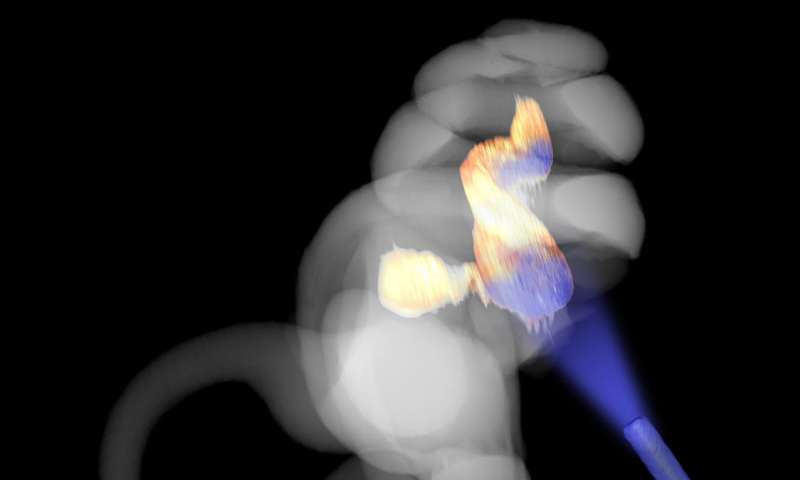Today’s cochlear implants are far from perfect. The people using them sometimes still have trouble understanding speech if there is a lot of noise around, in areas like factories and other places with large groups of people, like restaurants.
Now there are some good news emerging that might shift the tide: a research team at the University Medical Center Göttingen developed a new type of cochlear implant. And it’s all thanks to gerbils.
Why gerbils, you might ask? Because the hearing system of the Mongolian gerbil resembles the human one. The cochlea is quite large and picks up on the same low-frequency range the human ear does.
In order to test their study, the researchers trained a few Mongolian gerbils to jump obstacles when they heard an alarm. Next, they injected a gene carried by a virus into the cochlea (the snail-looking organ in the inner ear which converts sound into electrical signals) of the gerbils.
The gene manipulated nerve cells in order for them to be activated by light. At the end of the process, they also implanted optical fibers that could be turned on in order to deliver light signals in the cochlea.

Credit: University Medical Center Göttingen
When a blue light stimulated the cochlear cells, the gerbils jumped the obstacles. That meant that they registered the stimulation as sound.
There was another group of gerbils taking part in the test, the only difference being that the researchers had induced deafness in their group, but who had otherwise been trained to jump obstacles in the same way as the others. This group of deaf gerbils still could jump over the obstacles even without hearing, after they had been optically stimulated.
The researchers say that the device is a proof-of-concept for the future improvement of cochlear implants.
The next step would be to fit the device with electronics in order to convert sound signals into light. These signals would then stimulate the neurons in the ear just like electrical signals have done in the past.
Something very similar is already on the market thanks to the Apple-Cochlear partnership – an implant that is capable of sending phone calls and other sounds straight to the brain. The implant streams audio directly from the iPhone and into the central nervous system.
So the technology is there, even if it might take some time before human trials will be underway. Even so, we are now much closer than ever before to being able to restore hearing, in one form or another with this very real promise of better hearing tools in the near future.
Follow TechTheLead on Google News to get the news first.























